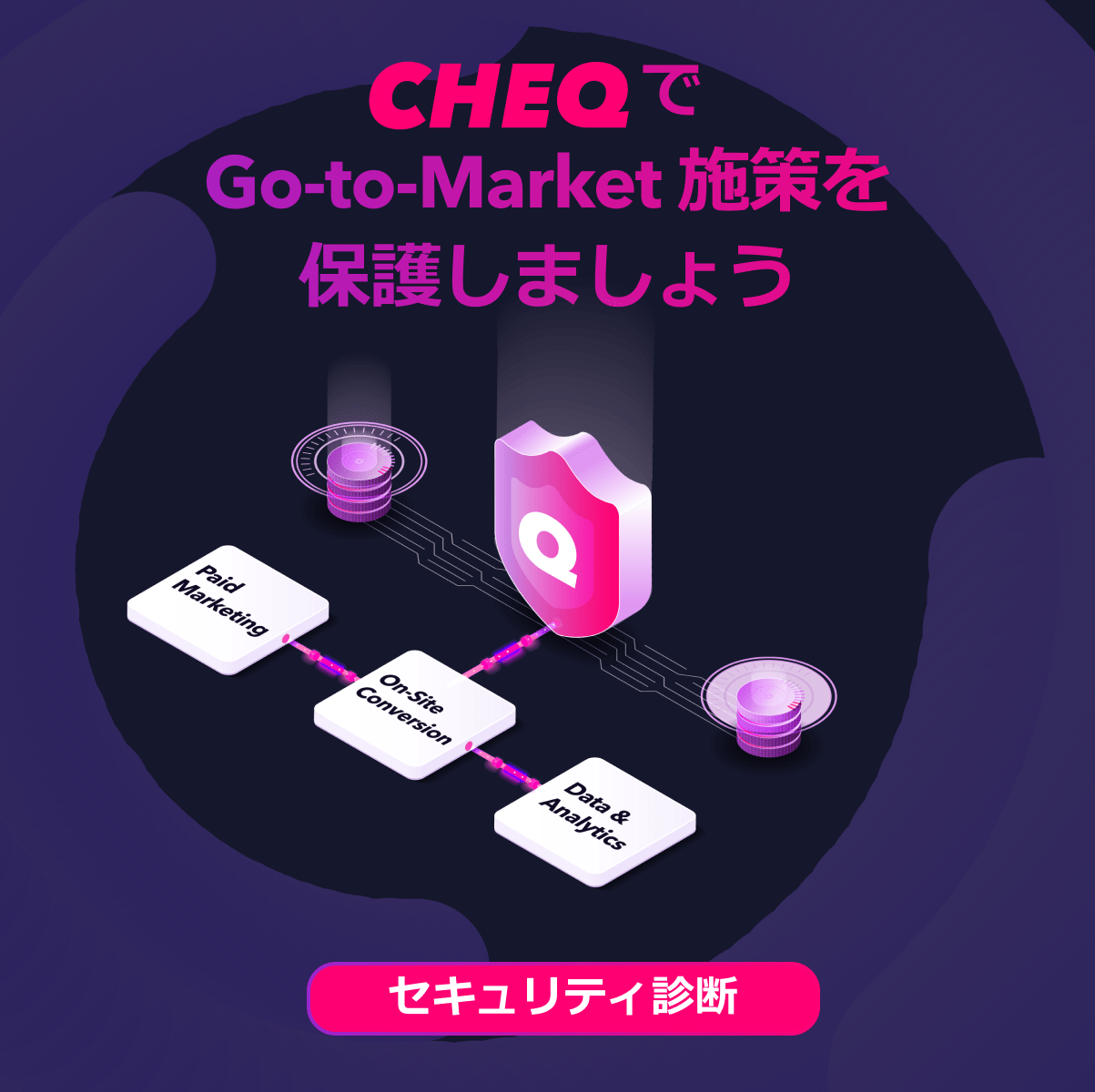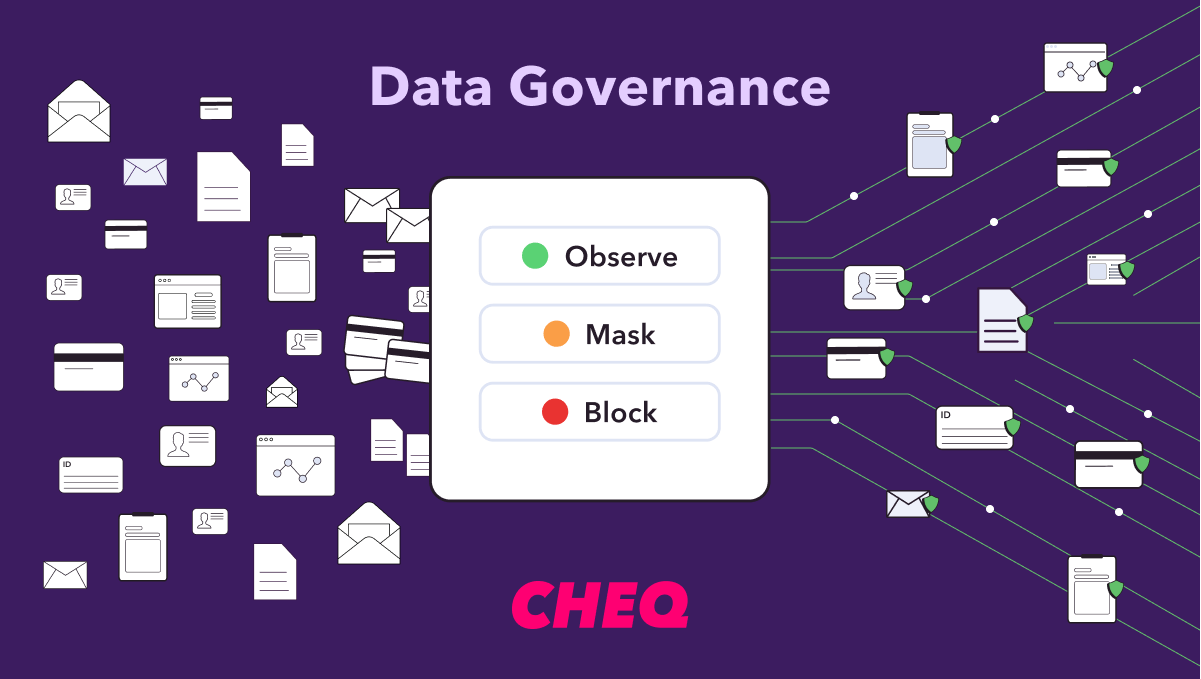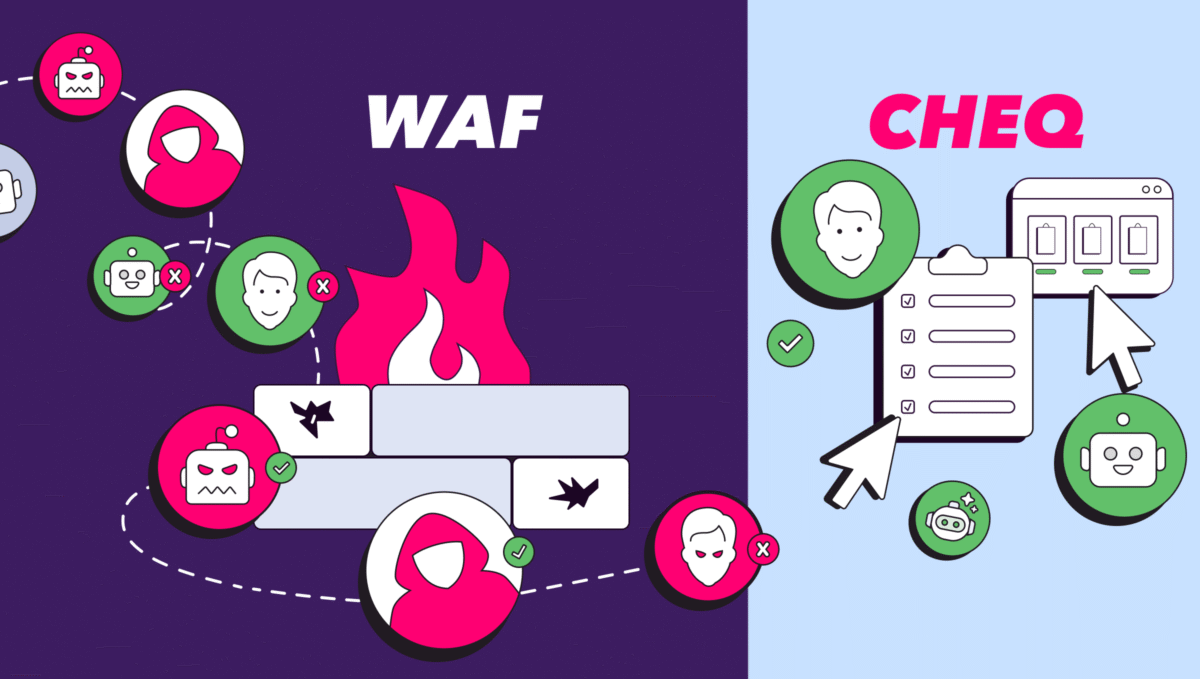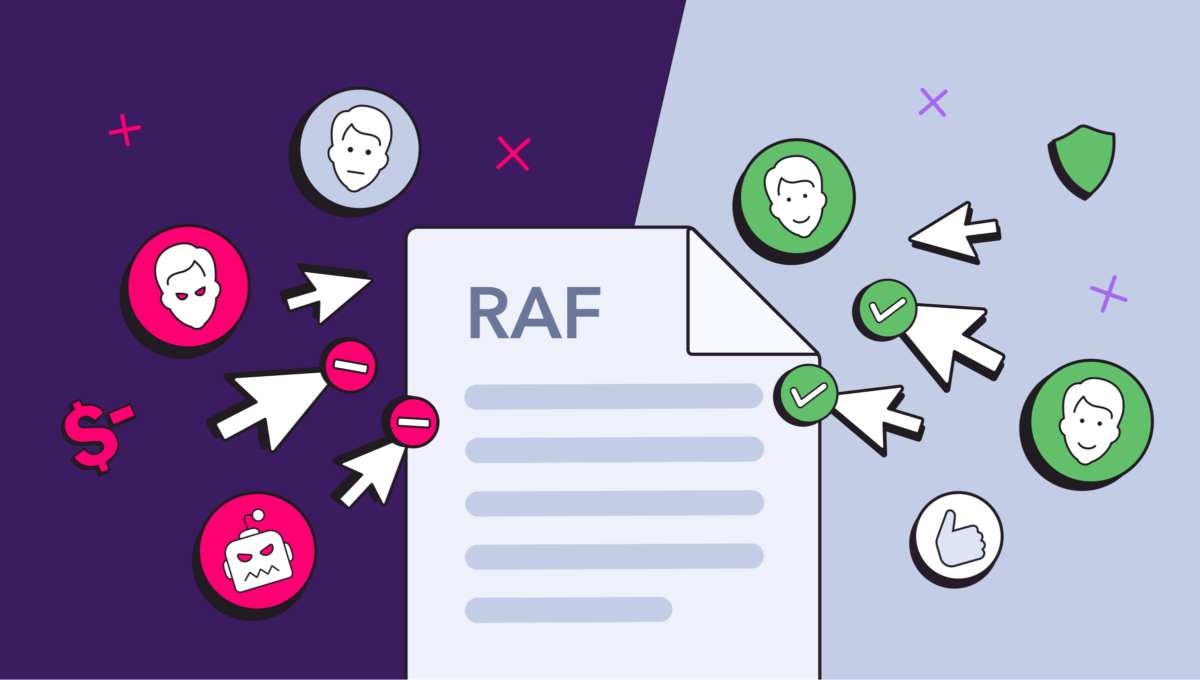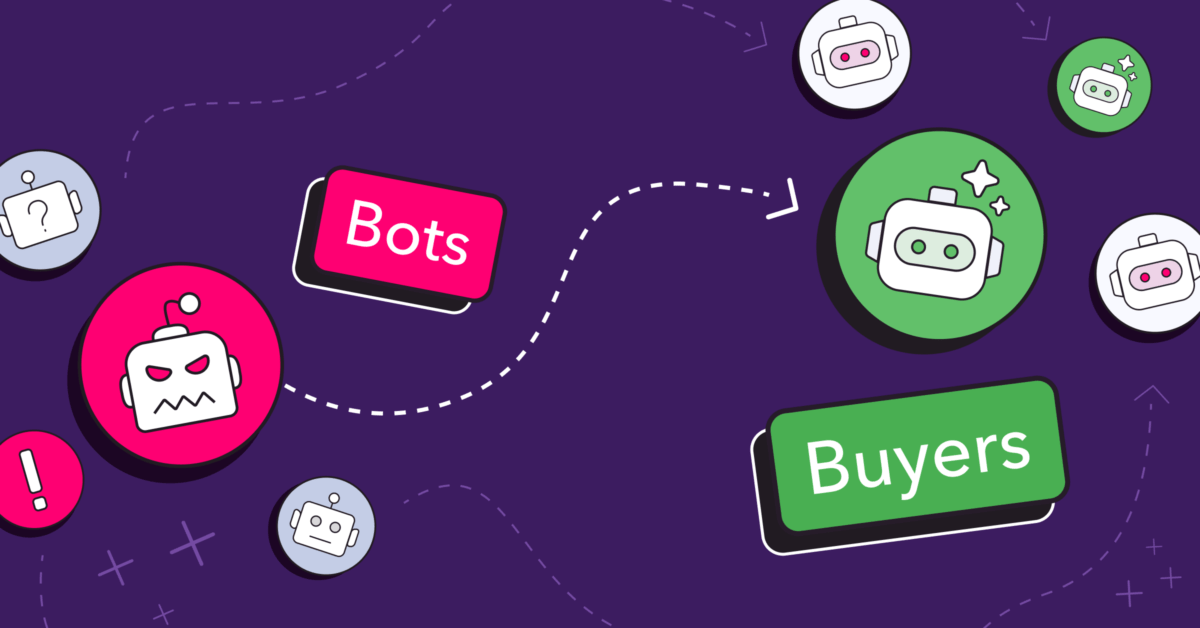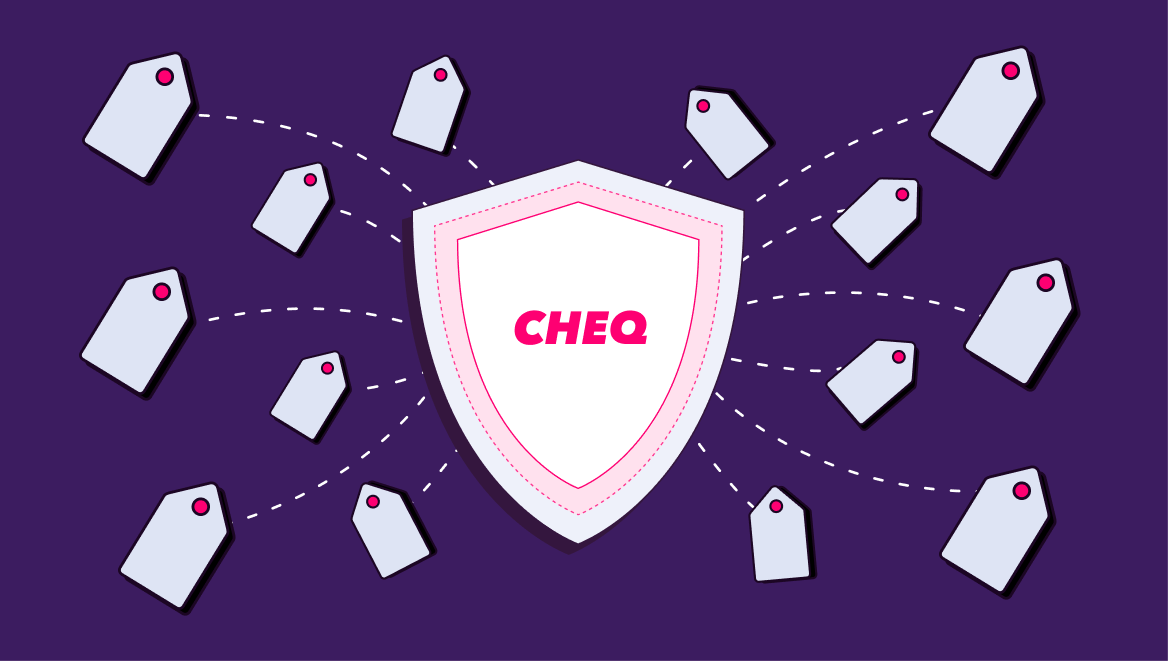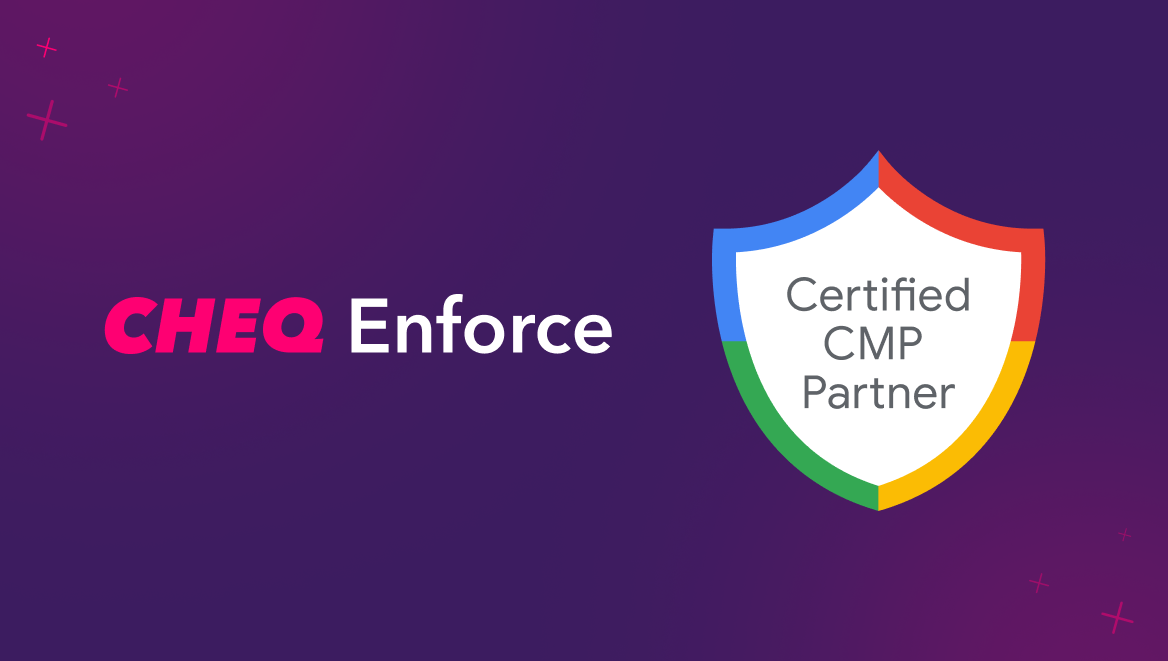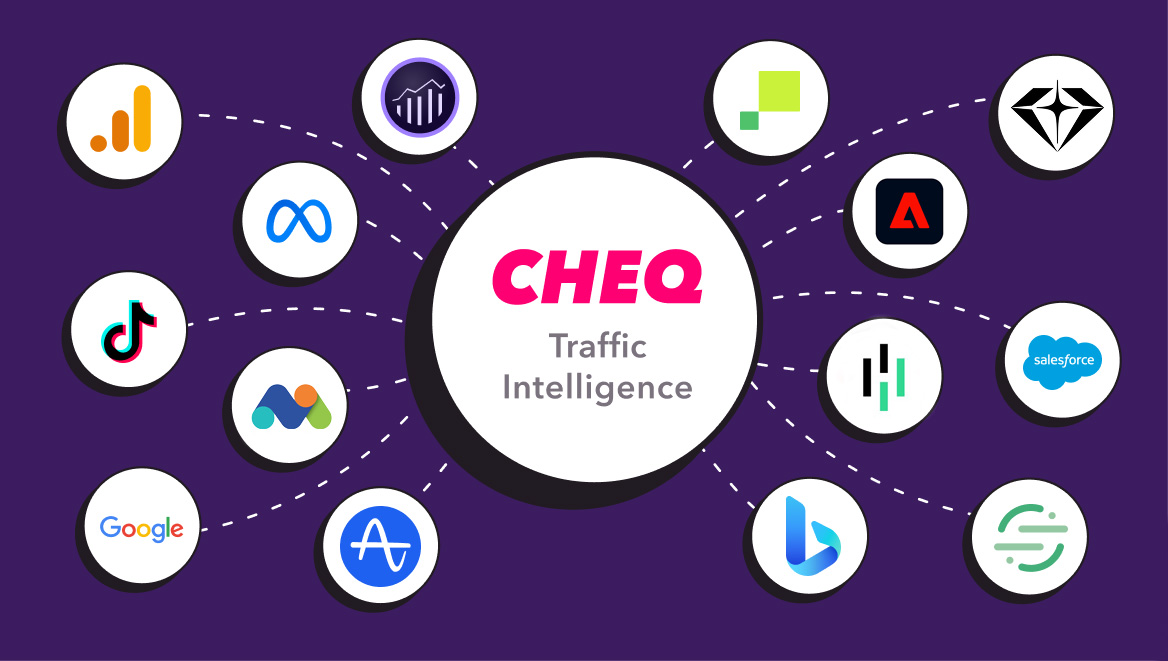From Blocking Bots to Building Trust: Forrester Captures the Shift We’ve All Been Living
Guy Tytunovich
|Bot & AI Agent Trust Management | October 07, 2025
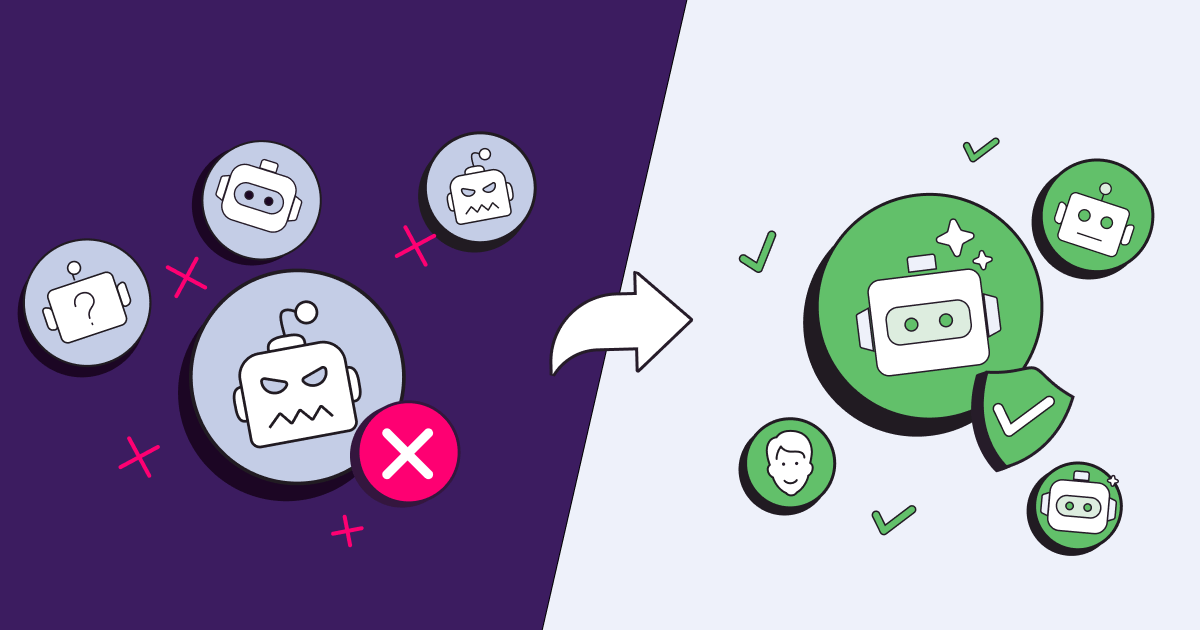
On Friday, Forrester introduced a new market category: Bot and Agent Trust Management.
It’s more than a renaming exercise; it’s definitive recognition that humans and machines now coexist across the customer journey, and that the digital world we once knew has evolved.
As VP, Principal Analyst Sandy Carielli put it, the question can no longer be “bot or not,” or “good bot or bad bot.” It’s now “How much do I trust this bot, AI agent, or human?”
That simple shift reframes everything. It marks a defining moment in bot management, where understanding the intent behind every digital interaction becomes just as important as identifying its source, and where relying solely on the broad protections of WAF-bundled solutions to catch and block bots carte blanche is no longer enough.
This new era requires deep intelligence, not just defense. It calls for a nuanced understanding of who and what is engaging, and in what go-to-market context, to build the confidence necessary to let trusted interactions in.
A Smarter Name for a Smarter Era
Forrester’s evolution captures a reality unfolding across every digital organization today. The customer journey is no longer exclusively human. AI agents, automated systems, and machine customers are now active participants in discovery, decision-making, and even transactions — yes, we already see automated buyers transact with some clients today.
Traditional tools, built to protect perimeters, were never designed for this level of complexity. They can detect activity, but not authenticity. They can identify anomalies, but not identity. They see traffic, but not trust. In an era where humans and machines coexist, that distinction matters.
By naming Bot and Agent Trust Management, Sandy and the Forrester team put language to a shift already underway. The focus is no longer on stopping automation but on understanding it, distinguishing between what is legitimate and what is not, what enables growth and what undermines it.
It signals an important evolution in how businesses approach engagement. The goal is no longer simply to block risk but to build trust, making this not just a smarter name for a smarter era, but the right one.
When the Market Catches Up to the Mission
At CHEQ, we have long believed that trust in digital engagement cannot be left to security and infrastructure teams alone. It works best in partnership with the go-to-market, commerce, and business teams who are on the frontlines of driving growth, upholding brand integrity, and building customer confidence. Today, that partnership is no longer optional — it’s mandatory.
Technology alone cannot decide how a company chooses to interact with this new generation of users. That responsibility sits at the intersection of business strategy and trust. It is as much a go-to-market decision as it is a technical one, guided by intelligence that gives teams the context, confidence, and control to engage, transact, and thrive.
This belief has guided CHEQ since the beginning. We became the leader in Go-to-Market Security by protecting digital engagement without ever sacrificing growth or performance. As the digital landscape has evolved, so has our mission, expanding to help businesses understand not just who or what is interacting, but also the intent and entity behind it, whether that interaction can be trusted, and how to manage the many new forms of critical interactions that define this new era.
For years, we sat slightly outside the traditional bot management category because it didn’t reflect our mission. It treated all automation as risk, not opportunity. It addressed the priorities of security and risk leadership, but not those of broader business leadership. Forrester’s new framework changes that. The market just caught up to the mission — and I couldn’t be more excited for CHEQ to help shape and lead what comes next.
Trust as Common Ground
The introduction of Bot and Agent Trust Management brings long-overdue alignment between security, marketing, privacy, and growth teams. These disciplines have historically operated in parallel, but they now share a single responsibility: ensuring that every digital interaction—whether human, automated, or AI-driven—can be trusted without slowing performance or diminishing user experience.
This alignment represents more than just a shared goal; it marks a cultural shift. The idea that automation must be managed, not merely blocked, signals a new stage in the evolution of digital engagement. It encourages businesses to think differently about authenticity and control, and to see automation not only as a source of risk but as a potential driver of growth when managed responsibly.
That is the foundation of digital trust, and it’s what will enable organizations that adapt to outpace those that resist.
The New Standard for Digital Maturity
Forrester’s announcement reflects what companies on the front lines already know: automation and AI are no longer emerging trends; they are embedded in the very foundation of digital engagement. The question now is how we build the frameworks of trust that allow this new reality to operate safely, transparently, and at scale.
Trust is quickly becoming the defining measure of digital maturity. It will shape how organizations design experiences, manage risk, and govern the relationship between humans and machines. It will determine which companies prevail and which fall behind.
This is the opportunity before all of us: to define how automation, AI agents, and human engagement can be trusted to coexist across the customer journey. That is what Bot and Agent Trust Management represents, and it is what will define the next era of digital engagement.
Learn more about the emergence of the human-AI customer journey in From Bots to Buyers: The Rise of AI Agents in the Customer Journey.


